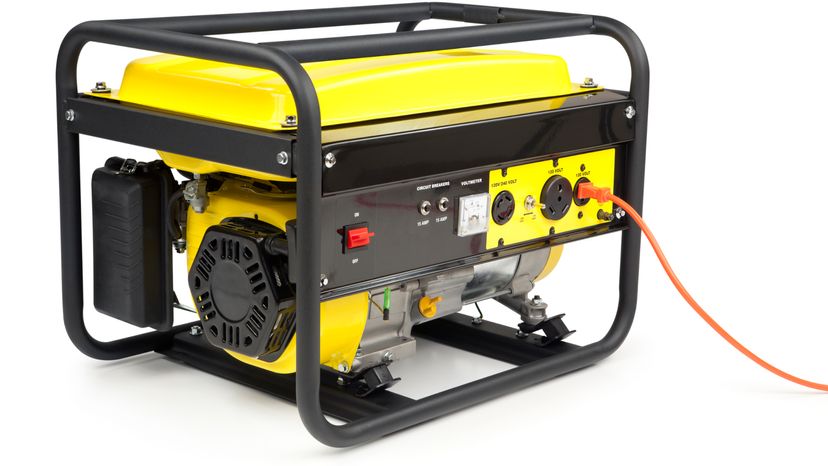
We aren't going to build an electric generator to provide your house with electricity. Rather, we'll build a small experimental generator. The same principles apply for a large and small generator.
Electric generators can be called capacity/information/fpte.htm]energy converters, as they convert heat energy or kinetic energy (energy from motion) into electrical energy. The theory behind an electric generator is that the variation of a magnetic field produces an electric current through a wire loop. It's fairly easy to build an electric generator. Just follow these instructions.
Advertisement
- Decide what source of energy you want to convert to electricity. You can use anything that has a rotating axle, such as a stationary bicycle.
- Coil a length of wire to form a fairly large loop, making sure the two ends of the wire are accessible. The more coils you make, the more electricity you'll produce.
- Connect the wire loop to your energy source, e.g. the bicycle axle. Make sure the loop is supported well and is not in the way of any moving parts from your energy source (such as the pedals, if you're using a bike).
- Place strong magnets around the loop so the loop can rotate freely between them. You want to arrange the magnets to maximize the field strength. You can do this by making the south pole of one magnet face the north pole of another magnet.
- Attach your energy source (e.g. the bike axle) to a large battery.
- Activate your energy source (e.g. sit on the bike and begin pedaling).
- You've just produced electricity. [sources: Powerful, Science Project]